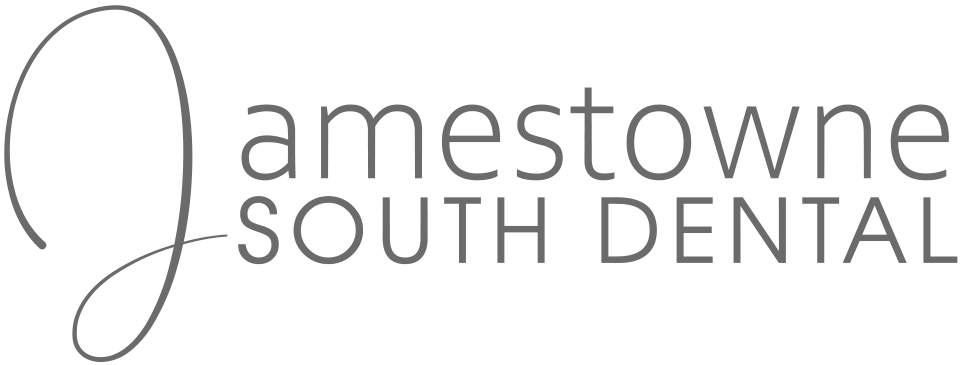Anatomy of Your Teeth
Anatomy of Your Teeth
Did you know: Third of your teeth are beneath the gums. At a first glance, the teeth might look like simple hard surfaces you use to chew and grind food. But, under the surface lies a more intricate tool, capable of helping us speak clearly, mixing, and cutting food. Allowing the tongue to then shape that food into a ball so that you can swallow it.
Once you get a closer look at your dental anatomy, you will see that there are more layers to the inside of the tooth. These layers make up the teeth, giving them their sturdy surface and solid base for holding blood vessels and nerves. To find out more about the types of teeth and their functions, check the guide below. (1)
Types of Human Teeth
Teeth are the only component of the human body that isn’t capable of repairing itself. The enamel, which is covering these super sturdy surfaces, is not living tissue. Therefore, you can’t expect the tooth to rejuvenate on its own without a dentist’s help.
This shell is the toughest part of the body – a lot harder than bone. And as an adult, you will be getting a second set of teeth, the adult teeth. That means having 32 teeth. These types of human teeth include:
- Canine teeth – These teeth are the cornerstone of the dental arch. Also known as a “fang-teeth”, they help guide the jaw into adequate alignment. Including tearing and biting the food. Plus, they are fastened hardest to the bone since they have the longest root.
- Incisor teeth – These are the teeth you see on the front. They can hold, cut, and tear whatever you are eating. They have a thin and wide biting section, which is a lot different than the pointiness of the canines. (2)
- Molar teeth – These are the flat and big teeth you can see at the far back of the mouth. They have quite a lot of bumps on their tips. You rely on them to grind and chew your food.
- Premolar teeth – These teeth have two bumps on their tips, as opposed to the multiple bumps seen in molars. The premolars can crush and tear whatever you are eating.
The Inner Structure of Your Teeth
The tooth is made up of three primary components: the root, neck, and crown. Each component features smaller pieces that make up the entire tooth. The root sinks way under the gumline, while the neck is the space that divides the tooth where the root meets the crown. (3)
Besides these key parts, your tooth also has nerves. The mouth is hooked into a very complicated neural network directly linked to the central nervous system. The nerves help process information, like hot and cold, pain, etc. Whereas the blood vessels are here to transport the necessary nutrients.
Now that you have a better perspective of your dental anatomy, you can feel at ease for your next appointment with the dentist. If you’ve noticed any changes in your mouth or teeth, then talk to us at Jamestown Dental. We can give you practical advice on how to take good care of your teeth.
